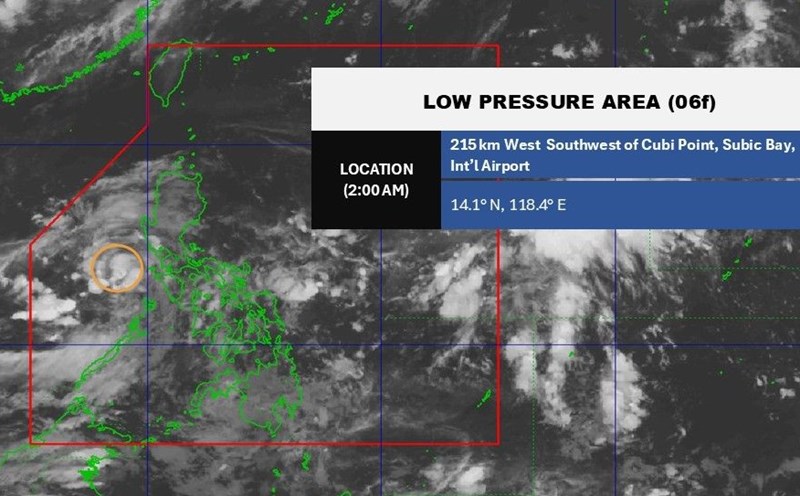The latest storm information on June 25 (local time) from the US National Hurricane Center (NHC) said that the NHC is monitoring a low pressure system several hundred kilometers off the coast of Central America. According to the NHC, the system is likely to develop into a tropical depression or tropical storm. If it becomes a tropical storm, it will be named Flossie, the next storm in the eastern Pacific.
This area to watch is designated by the NHC as Invest 95E. Invest is the naming Convention used by the NHC to identify monitoring areas that are likely to develop into tropical depressions or tropical storms within the next 7 days.
According to the NHC, thunderstorms in the Invest 95E are becoming more organized and are now likely to form in the next 2 days at an average level and the possibility of developing next week at a high level.
Forecasters are still uncertain about the impact of Invest 95E on the Central Coast. Previous computer forecast model data showed that the Invest 95E is moving into wide waters, but the latest data showed it is still closer to the coast.
"Environmental conditions appear favorable for the system to gradually develop over the next few days and a tropical depression or tropical storm is likely to form later this week," the NHC noted.
Heavy rains are expected in parts of Costa Rica, Nicaragua, El Salvador, Honduras and Guatemala starting on June 26 and lasting through the weekend. Some areas may have at least 200mm of rain.
Up to this point, the 2025 typhoon season in the East Pacific has begun to be vibrant. On June 9, Hurricane Barbara became the first storm in the region, starting the season earlier than usual.
Last week, super typhoon Erick (level 3) made landfall in southwestern Mexico, causing widespread power outages and killing a newborn.
Experts say a large warm waters off Central America and Mexico are ideal fuel for rapidly developing low pressure systems. It was the bloc that helped Hurricane Erick rapidly intensify, reaching super typhoon level in just 24 hours - a phenomenon known as "rapid intensification" ( Sudden intensification), when maximum wind speed increased by at least 55 km/h in 1 day.
Although Invest 95E is not yet strong enough to be red-light, experience from recent typhoon seasons shows that initial weak systems can increase to extremely high level if conditions are ideal. People and authorities in Central American countries are advised to closely monitor official storm forecasts and prepare response plans if the situation worsens.
With a long storm season ahead and unusually high sea temperatures, experts warn that this year could see more and stronger storms than average.










